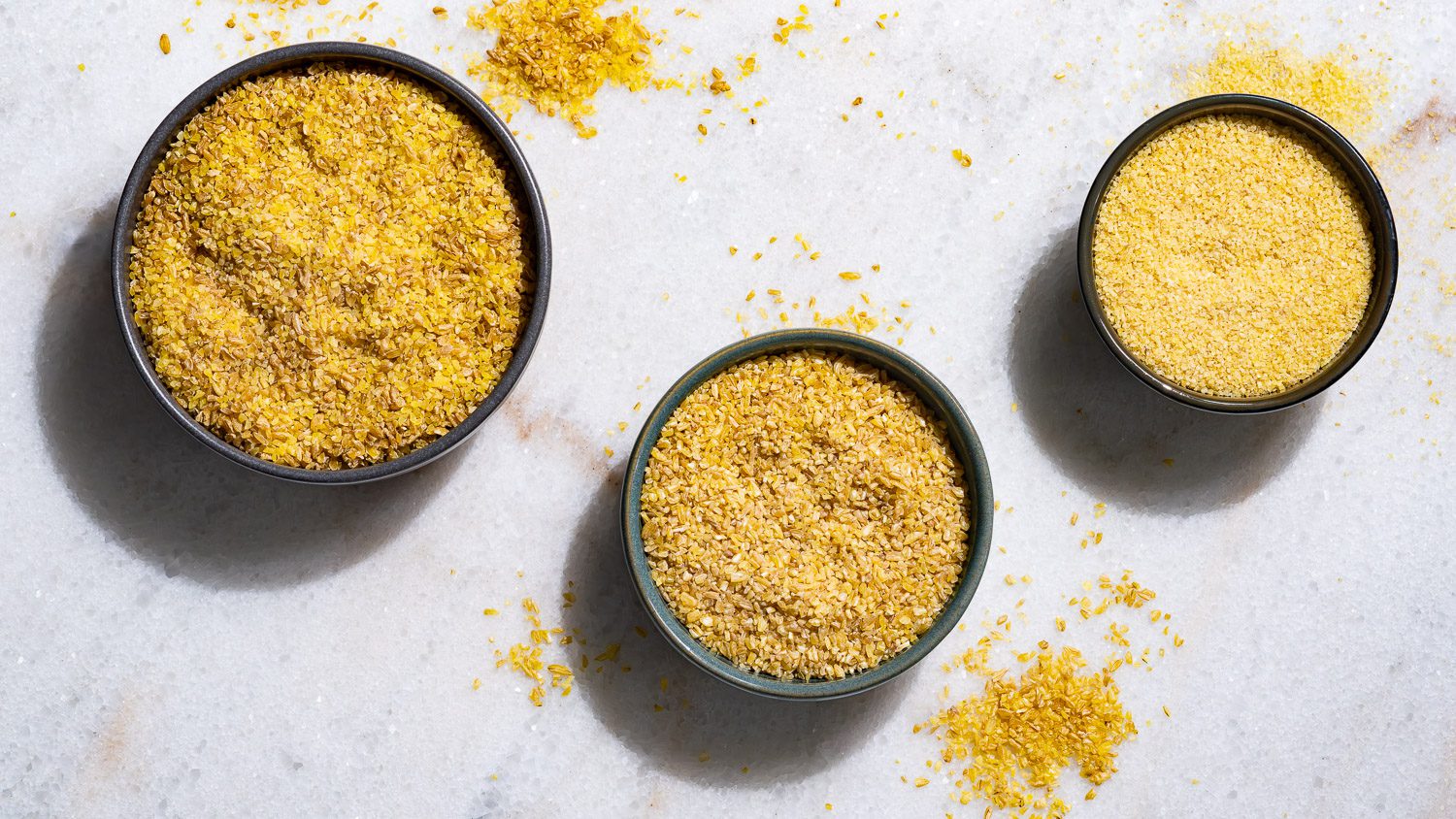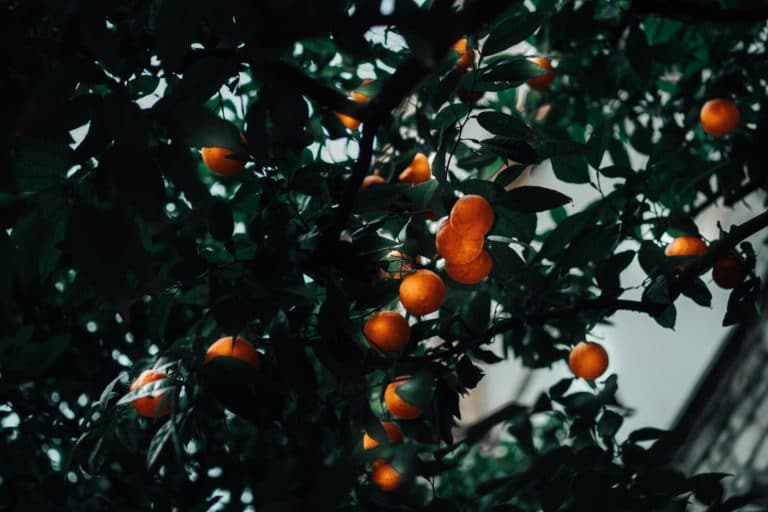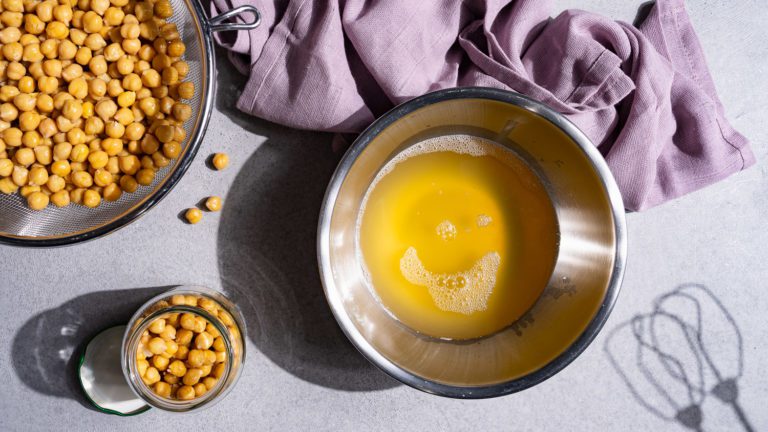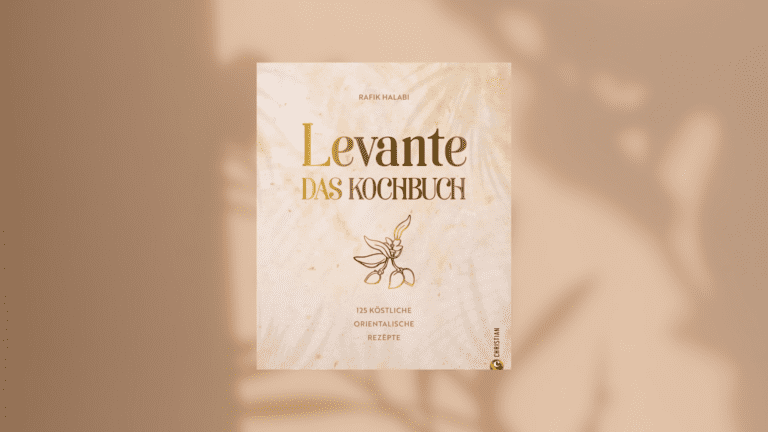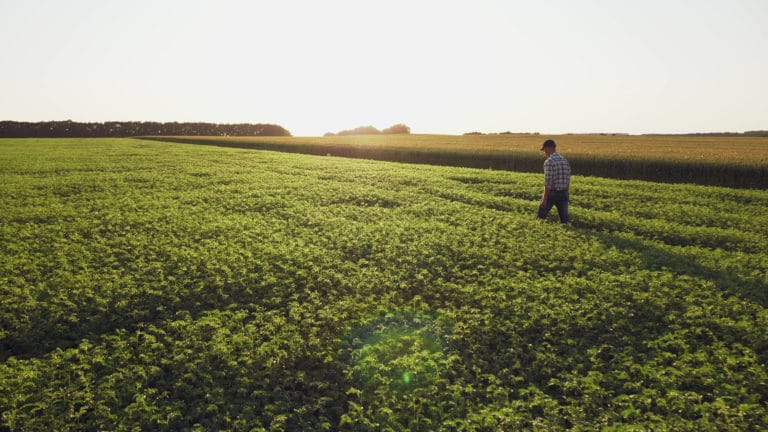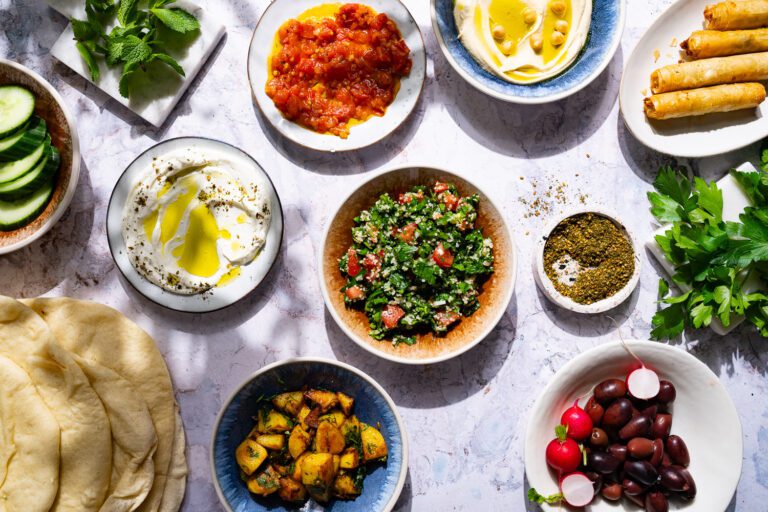Bulgur – what is it?
Bulgur is a staple food in the Levant and the Middle East. It has now also found its way onto our supermarket shelves and is used in various recipes. But what exactly is bulgur? How is it produced and used? And why is it so often confused with couscous? You can find out all this in this article about bulgur.
What is bulgur?
Have you heard of the bulgur plant? No?! Me neither. This is simply because the small grains are made from cereals. Traditional bulgur is made from durum wheat. However, there are now also variants from regional cultivation based on spelt, buckwheat or barley. Bulgur is therefore a wheat meal and not a grain in its own right.
In the production process, the durum wheat is first washed and soaked to remove dirt and soften the husk. It is then placed in a large pot and steamed or boiled (depending on the method) to pre-cook the durum wheat. The bran (husk residue from the durum wheat that falls off during heating) is then removed.
The durum wheat is now a type of wheat groats (wheat porridge), which is dried in the next step. The dried wheat puree is then crushed. The bulgur is crushed coarsely, medium or finely to be used later in various dishes. Bulgur is also used in the Lebanese national dish taboulé. However, I would like to make it clear here that this is a parsley salad and not, as is usually assumed, a bulgur salad.
What types are there and what are they used for?
Traditionally, there is coarse, medium and fine bulgur. However, as mentioned above, there are now also products made from various grains and regional cultivation.
- Coarse bulgur: used more as a side dish, for butter bulgur or bulgur pilaf

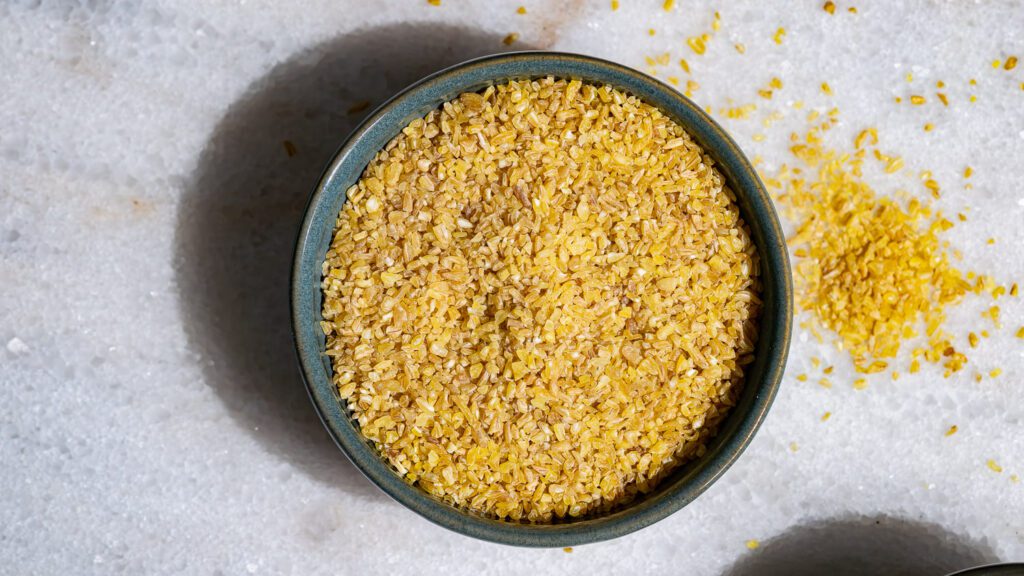
- Fine bulgur: is used for salads, kibbeh, cigköfte or our delicious lentil bulgur balls.

Difference between bulgur and couscous
- Bulgur is wheat groats and couscous is wheat semolina balls.
- While bulgur has a coarser texture, the texture of couscous is finer and more grainy.
- The production processes for wheat products are similar, but differ in some steps. Bulgur is washed, steamed/boiled, dried and crushed. Couscous, on the other hand, is shaped, steamed, dried, sieved and sorted.
Couscous is a cereal product that originated in North Africa and is made from wheat, similar to bulgur. More precisely, they are made from durum wheat semolina, a coarser flour. However, the wheat pellets can also be made from millet or barley.
Traditionally, couscous is made from durum wheat semolina. Mixed by hand and sometimes with a little flour, the semolina is spread out on a large surface and sprinkled with salt water. This creates small lumps, which in turn are rubbed between the palms of the hands and turn into small balls. The semolina balls are then laid out in the sun to dry. In the final step, the couscous is sieved and sorted to remove lumps and ensure a uniform product.
This process has now been industrialized and you can buy couscous in the supermarket, which you only need to pour hot water over and leave to swell.
It is classically steamed in a couscousière. This is a pot with an attachment. Meat, fish or vegetables are cooked in the lower pot, while the steam rises to the top and cooks the couscous.
You can also create magical salads with the semolina balls, such as the couscous salad with halloumi and zucchini, couscous salad with tuna and tahini dressing or couscous salad with strawberries and green asparagus.
Nutrients and health benefits of bulgur
Thanks to the gentle cooking process, Weinzenschrot retains important nutrients, fiber, minerals and vitamins, making it filling for a long time.
Approximate nutritional values of bulgur per 100 grams:
Calories 345
Protein 12 g
Fat 1.5 g
Carbohydrates 65 g
Dietary fiber 9.5 g
Is the wheat meal gluten-free?
As it is made from wheat, it is not gluten-free. Alternatively, you can use buckwheat bulgur, for example, because buckwheat is naturally gluten-free. However, the product may contain traces of gluten due to the manufacturing process. Be sure to check the information on the packaging.
Is bulgur vegan?
Because it is a natural product, the wheat product is vegan. Try this vegan bulgur salad recipe with za’atar and pomegranate.
Preparing bulgur – it’s that simple
To prevent the bulgur from sticking together or forming small lumps after cooking, it is better to rinse it under running water before cooking. This way, you also clean it of possible impurities such as peel residue or flour dust.
You will need approx. 50-80 g dry bulgur per person. Depending on whether you want to serve it as a side dish or main course.
It is best to put your portion of bulgur in a sieve and rinse it under running water until it is no longer cloudy but clear. Now you can put it in a bowl or pot and pour boiling water over it. Note the 1:2 ratio – so if you want to prepare one cup of bulgur, you will need two cups of water. Cover the meal with a lid and leave to soak for approx. 15 minutes. You can then fluff it up with a fork and serve as a side dish or make a bulgur salad.
Tips for preparing bulgur
- Bulgur can not only be made savory or salty, but can also be served sweet as a dessert – very similar to rice pudding.
- The cracked wheat is a fantastic accompaniment to kafta, shish taouk or baked feta.
- How do you give the side dish more zing? You can mix the cereal with cardamom, cumin and cinnamon. This gives it the typical taste of the Levante. Or you can soak it in broth instead of water – this will make it really flavorful.
- If you roast the cracked wheat in a pan or pot, its beautiful nutty flavor comes out more strongly.

Let yourself be inspired and try out one or two bulgur recipes. I would be delighted if you would leave me a comment to let me know whether you liked the article and whether you now know everything there is to know about wheat groats.

